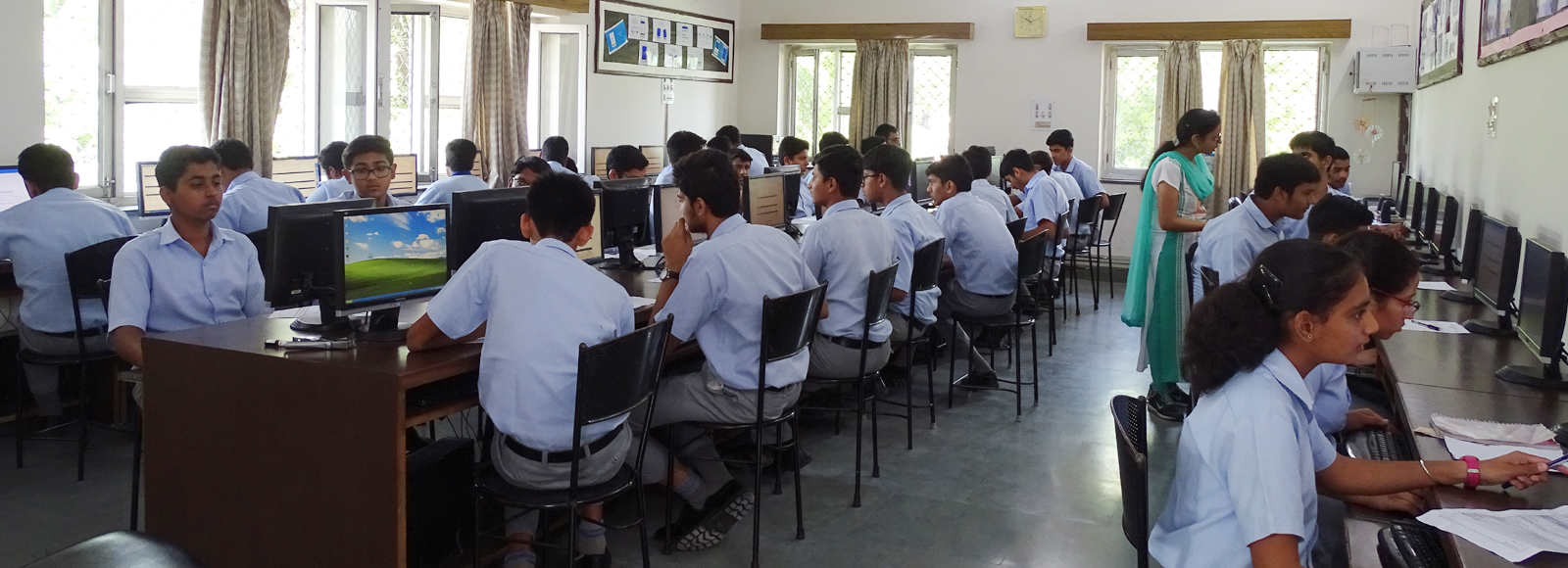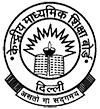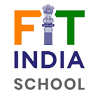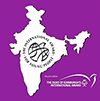Information and Communication Technology (ICT) has immense potential to impact education – of pupil, of teachers, of teacher educators and others and provide fresh and more effective ways of overcoming some of the challenges presented to the educational system of our country.
The core of computing is Information Technology, in which pupils are taught the principles of information and computation; how digital systems work, and how to put this knowledge to use through various application software. They learn to operate the computer; as also store, retrieve and manage data. They use computers to achieve basic word and data processing tasks, create presentation, connect to the internet, use e-mail and web surfing search engines; operate and manage content from external devices. Working with image editing programs, video editing and web designing offers lots of opportunities that help to stimulate creativity. Building upon this, pupils are equipped to use Computer Science to learn database applications, data analysis and problem solving through programming.
At Mayoor School, Ajmer a high-quality computer education equips pupils to use computational thinking and creativity to understand and change the world. It is a common belief that irrespective of the careers they choose, the basic knowledge about computers will help students in the long run. To ensure superlative learning of pupils, the ratio of students to computers is 1:1 which is achieved by having four computer labs with forty computers in each of them. To implement ICT to its maximum, the school has 280 computers stretched in the campus with gigabit network.
To the best of our knowledge, there is no ICT syllabus that integrates systematic use of FOSS (Free and Open Source Software) applications and teaching material for FOSS based education. Hence, we have developed a syllabus and content using FOSS applications that focuses on teaching core concepts of IT along with learning of other subjects like Maths, Science and English.
Why FOSS?
- It gives users the freedom to control their own computer; with proprietary software, the program does what its owner or developer wants it to do, not what the user wants it to do. Free software also gives users the freedom to cooperate with each other, to lead an upright life.
- FOSS can save schools’ money, but this is a secondary benefit. Savings are possible because free software gives schools, like other users, the freedom to copy and redistribute the software; the school system can give a copy to every student, and each student can install the program in all its computers, with no obligation to pay for doing so.
- FOSS helps to teach students to be citizens of a strong, capable, independent, cooperating and free society. By teaching students free software, they can graduate as citizens ready to live in a free digital society. In contrast, teaching a non-free program generates dependence.
- FOSS permits students to learn how software works. Some students are born programmers and on reaching their teens yearn to learn everything about computer and software. They are intensely curious to read the source code of the programs that they use every day.
Late Former President of India Dr. A.P.J. Abdul Kalam was a strong supporter of FOSS. He said open-source software offers developing nations such as India the best opportunity to modernize. In India, open-source software will have to come and stay in a big way for the benefit of our billion people.
ICT curriculum at Primary Level is designed keeping in mind the philosophy of FOSS. Learning with fun methodology with hands-on activities creates the basic structure of computer lessons in primary school. With carefully selected open source tools and fully equipped computer labs we aim to facilitate learners with the best essence of technology. Right from mouse handling in Nursery to Logo programming in V, we focus on learning across disciplines. We encourage creative minds to blend computer skills effectively with their imagination. Every year students continue to apply their previous knowledge and skills in order to learn the new one.
At the pre-primary, learning with fun methodology is adopted to enable learner to get familiar with computer. Various educational tools such as GCompris Educational Software, Childsplay, KTuberling (Potato Guy) and their numerous activities are used to enable the pupil to handle mouse, mouse gestures and keyboard. Educational tools like memory activities, listening exercises and puzzles with various difficulty levels are introduced at different stages.
At class I and II level pupils learn to type on keyboard with both the hands, to handle mouse, to read & recognize small words. Tux Paint is used to identify shapes in their environment and use electronic tools to get desired effects. Learners understand the use of numeric keys and perform simple mathematical calculations (addition and subtraction) too with TuxMath.
At the next stage, in classes III to V, OpenOffice.org Word Processor is introduced to design creatively formatted text documents like cards and posters using tables, frames and drawing toolbars. Pupils are also given a variety of topics across disciplines to create attractive presentations in OpenOffice.org Presentation using different tools, formatting options, implication of charts. To create more interesting presentation pupils use custom animation, sound effects, and videos. K Turtle is introduced to create theme based drawings on the canvas using commands and customize it. Pupils also use string containers, concept of RGB combination, operators, data types, controlling execution, looping.
ICT curriculum at Middle and Senior School works on the philosophy of ‘Learning by Doing’. The curriculum stresses on IT Concepts, Office Suite, Desktop Publishing, Programming and Database Management.
At middle stage in class VI to VIII, Desktop Publishing Software like Gimp, Inkscape and Scribus are introduced which facilitate pupil with professional designing like brochures, newsletters, posters, cards, leaflets, calendar and more. Open Office.org (Calc) is introduced which enables them to create result sheets, time-table, bills by learning various functions and formatting rules. Database using MySQL enable them to learn the creating and managing data using various queries. Programming using SmallBasics and NetBeans IDE allow them to learn the concept of application designing using graphical user interface. Pupils are able to understand the difference between Front End and Back End environment.
At senior stage in class IX to X, Programming using NetBeans IDE enables pupil to understand the use of editor for programming and Integrated Development Environment which facilitate the learning about the various controls of Java with their properties and methods enabling them to develop real life applications. Office Suite software like Word Processors, spreadsheet and Presentation tools enables them to create project report and presentations for their inter-disciplinary projects as part of CCE.
At senior secondary stage in class XI to XII CBSE curriculum is followed where pupils are offered Computer Science as optional subject for Science Stream and Informatics Practices as optional subject in all 3 streams viz. Science, Commerce & Humanities. The competencies developed amongst pupils are sound knowledge of computer system, understanding of the basic concept of networking and communication technology, problem solving, familiarity with application development process using simple IDEs, ability to use, develop and debug programs independently, database handling, ability to store and retrieve data using an RDBMS.
Cambridge IGCSE Information and Communication Technology curriculum encourages learners to develop lifelong skills that include
- Understanding and using applications.
- Using Information and Communication Technology (ICT) to solve problems.
- Analyzing, designing, implementing, testing and evaluating ICT systems, ensuring that they are fit for purpose.
- Understanding the implications of technology in society, including social, economic and ethical uses.
- Awareness of the ways ICT can help in home, learning and work environments.











